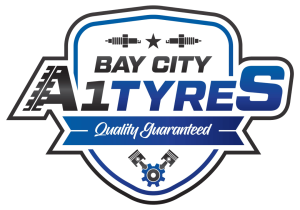Extend the life of your tyres and ensure smoother, more precise handling with a wheel alignment. Not only will you notice the difference, but your vehicle will thank you for it too.
Wheel Alignments For
Cars
4x4’s
Great job, great staff highly recommend wouldn't go anywhere else.
Kevin
Complete Wheel Alignment Service,
Our Process
Initial Assessment
- Conduct a thorough inspection of the vehicle’s tyres for wear patterns.
- Check the current alignment using state-of-the-art alignment equipment.
- Evaluate steering and suspension systems for any signs of wear or damage.
Adjustment
- Adjust the angles of the wheels to the vehicle manufacturer’s specifications, including camber, caster, and toe.
- Balance the wheels to ensure even weight distribution around the axle.
- Tighten all steering and suspension components to secure alignment settings.
Final Checks and Recommendations
- Perform a road test to ensure the adjustments have improved handling and driving comfort.
- Provide a detailed report of the alignment settings and any adjustments made.
- Recommend any further repairs or replacements needed for optimal vehicle performance.
- Advise on regular maintenance schedules to keep the vehicle’s alignment in check.
Wheel Alignment – FAQ
How often should I get a wheel alignment for my vehicle?
A wheel alignment is generally recommended every two years or 30,000km, whichever comes first. However, it’s wise to consult your vehicle’s manual or a professional for specific advice, as driving habits and conditions can affect this interval.
What signs indicate I need a car wheel alignment?
Signs you need a car wheel alignment include uneven tyre wear, your vehicle pulling to one side while driving, a steering wheel that is off-center when driving straight, and noticeable handling issues. These symptoms suggest it’s time for a wheel alignment check.
Can wheel and alignment services fix my car's pulling to one side?
Yes, wheel and alignment services are designed to address and correct issues like your car pulling to one side. By adjusting the angles of your tyres, these services ensure your vehicle drives straight and reduces unnecessary tyre wear.
What is the difference between wheel alignment and wheel balancing?
Wheel alignment involves adjusting the angles of the wheels to the manufacturer’s specifications to ensure they are perpendicular to the ground and parallel to each other. Wheel balancing, however, corrects any uneven distribution of weight in the wheels that can cause vibration, uneven tyre wear, and increased strain on the drivetrain.

